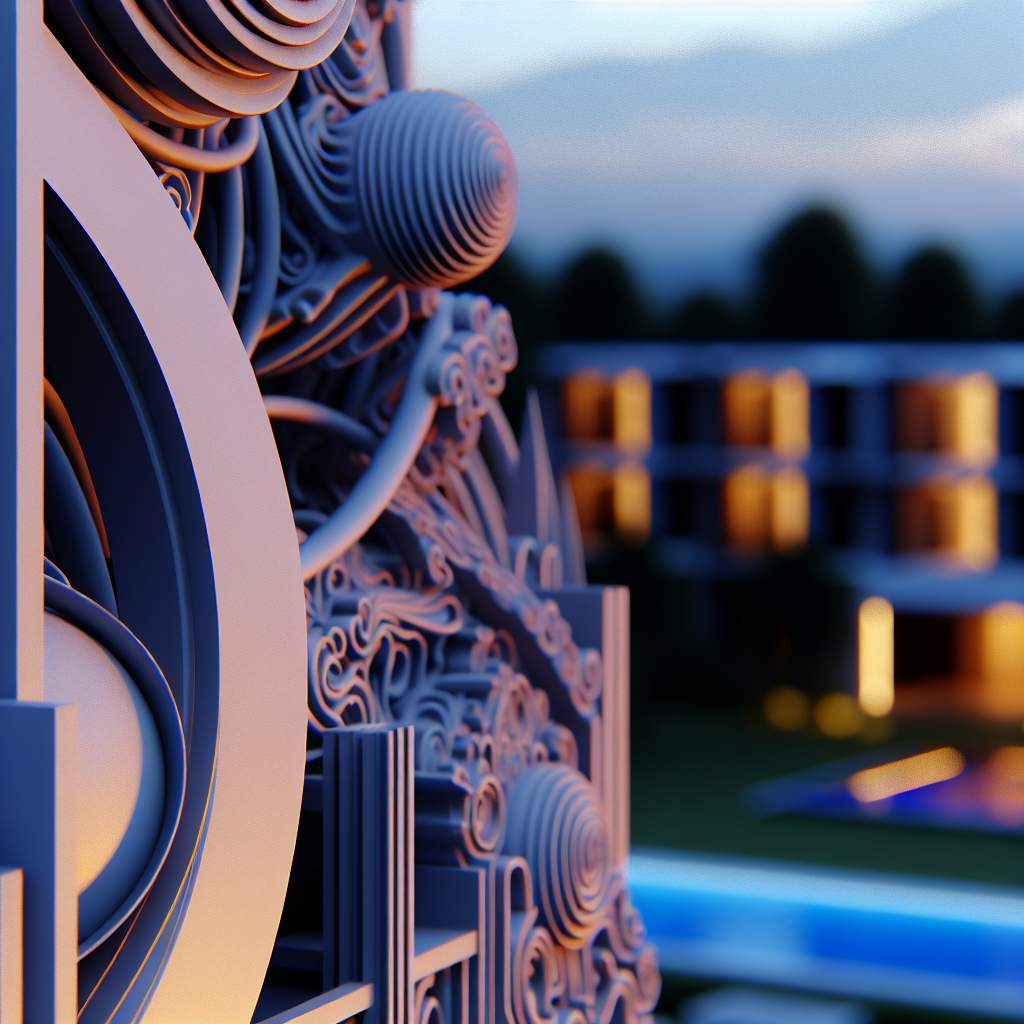Choosing the best render engine for SketchUp is crucial for achieving stunning, photorealistic visualizations and optimizing your workflow. With a variety of options available, understanding their features, capabilities, and integration is essential for designers, architects, and 3D artists alike. This article explores top rendering engines that complement SketchUp, helping you make an informed decision.
Understanding the Key Features of Leading SketchUp Render Engines
When selecting a render engine for SketchUp, it’s vital to evaluate several core features including rendering quality, speed, ease of use, and compatibility. Popular choices such as V-Ray for SketchUp, Enscape, and Lumion each excel in different areas, catering to diverse user needs.
For instance, V-Ray offers unmatched photorealism through advanced lighting and material options, which makes it ideal for architectural visualization demanding high detail and realism. Enscape is favored for its real-time rendering capabilities, allowing instant feedback and adjustments during design iterations. Meanwhile, Lumion emphasizes quick rendering times with a user-friendly interface, making it suitable for presentations and rapid concept visualization.
Highlighting their unique strengths enables users to align their project requirements with the most appropriate rendering engine, ensuring both efficiency and quality in their workflow.
Integrating Render Engines with SketchUp for Optimal Results
While each render engine offers powerful features, successful integration with SketchUp hinges on compatibility and workflow efficiency. For example, V-Ray integrates seamlessly via plugins, allowing users to leverage its extensive material libraries and lighting controls directly within SketchUp. This tight integration facilitates advanced rendering workflows, especially when producing hyper-realistic images for client presentations.
Conversely, Enscape and Lumion are stand-alone programs that can import SketchUp models via compatible formats such as COLLADA (.dae). Their focus on real-time rendering enables designers to quickly iterate and visualize ideas, which is particularly beneficial during early project phases.
Moreover, understanding how to optimize scene settings, leverage texture maps, and utilize post-processing tools within each engine further enhances output quality. Selecting the right engine for your project means balancing rendering quality with workflow efficiency, ensuring timely and impactful visuals.
Conclusion
In summary, the best render engine for SketchUp depends on your specific needs—whether that’s photorealistic detail, real-time feedback, or rapid visualization. Options like V-Ray, Enscape, and Lumion each have unique strengths that align with different project requirements and workflows. By understanding these tools and their integration with SketchUp, you can elevate your 3D visualizations and deliver compelling results efficiently.
